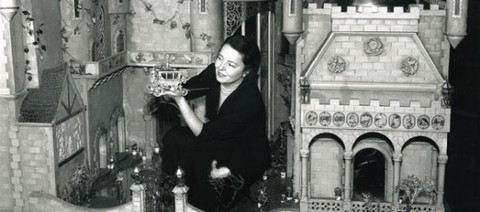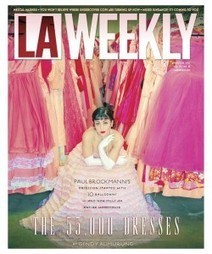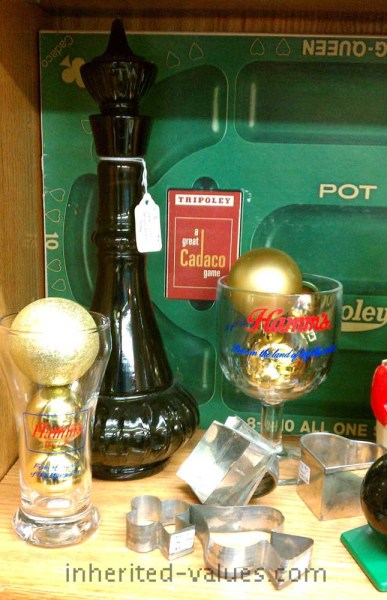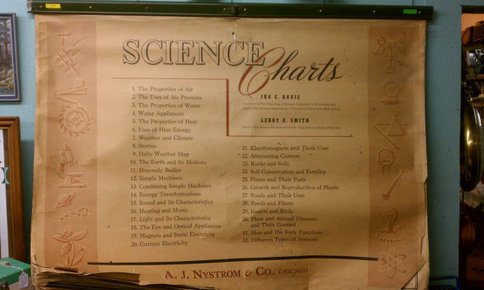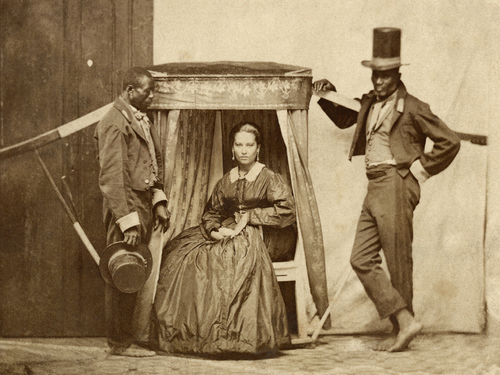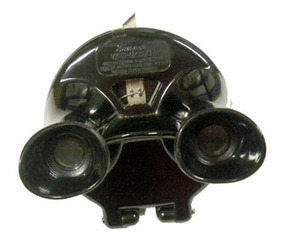I don’t write about dolls here much because I write about them for Diane’s Doll Hospital. In January, I wrote this piece for their newsletter; but since it was such a personal story, they graciously gave me permission to publish it here.
In 1972, the Ms. Foundation for Women produced Free to Be… You and Me, an illustrated book and record album set. Initiated by Marlo Thomas, the mission of the Free to Be… You and Me project was to provide healthy messages refuting and rejecting gender stereotypes while encouraging the positive and empowering post-1960s ideas of gender equality, individuality, comfort with one’s identity, and tolerance. Using her celebrity clout, Marlo Thomas got a number of her celebrity friends to create, write, and perform the modern day lessons to children in song and story form. No doubt the hope was that the parents and other adults in children’s lives were listening — and learning — too.
Just two years later, in March of 1974, ABC aired the Free to Be… You and Me television special. The TV special also had the celebrity cast of singers, performers, and narrators, known as Marlo Thomas and Friends. For the special, the LP tracks were often produced with animated cartoon visuals, designed to capture the attention of children who were used to being fed a steady diet of Saturday morning cartoons. (By this time, Schoolhouse Rock! was already seeing great success with its educational animation work.) A number of the segments from this TV special were also reformatted for educational use in schools, including audio-visual materials such as filmstrips. As a result of this heavy media saturation, many adults today readily remember Free to Be… You and Me. In fact, the principles behind Free to Be… You and Me combined with the nostalgia continue to drive the foundation and push sales; the record has remained in print all this time (as well as put onto CD) and a newly remastered version of the television special was released on DVD in 2010.
Among the most memorable and iconic Free to Be… You and Me stories was William Wants A Doll, based upon Charlotte Zolotow’s children’s picture book William’s Doll (1972). The animated TV version of William Wants A Doll, performed by Alan Alda and Marlo Thomas, was about a little boy who really, really wanted a doll. But William’s desire for a baby doll wasn’t encouraged.
His friends told him not to be a “sissy”. His brother said not to be a “jerk”. His father tried to distract William with more manly toys, giving his son a basketball, a baseball glove, and other sports items as gifts. But none of this deterred William. In spite of all the mocking and manipulation, he still wanted a doll.
Eventually, William’s understanding grandmother gets William a doll! The boy is elated!
But William’s father is concerned by the gift, and it’s up to the grandmother to explain that it’s OK. After all, William just wants to love and care for a doll — and that’s how he will learn care for his own baby “as every good father should do”.
William’s lesson of boys and dolls was given over three decades ago. Since then, many studies have been done and many articles have been written. Over and over again they indicate that dolls are perfectly fine toys for boys. But still, the social pressure of “the boy code” persists so strongly that many people today remain shocked that little boys would like to play with dolls. Or that grown men would collect dolls. Thanks heavens for all the boys and men who ignored those people and just continued to love dolls!
[Break]
I was just 10 years old when William Wants A Doll hit television and I still remember it vividly. Not just for the whiny and grating (yet somehow infections) chorus of “A doll, a doll, William wants a doll”. (It is quite catchy!) Nor for the hoards of kids who sang it, matching the whiny and grating sound with mocking and contemptuous sneers. What made William Wants A Doll so memorable then was the shock I received seeing and hearing it — I was flabbergasted that it even existed.
How could the idea of a boy loving a doll even be “a thing” — let alone a thing so big that there had to be a counter-movement against it?
Now, you might say that I was a wise and accepting kid. Or that all kids are wise and accepting, at least until someone teaches them not to be. Or maybe you think I was just naive. …It is true that I didn’t have any brothers, so what did I know of male gender roles and doll troubles? But the truth is, I knew a little boy who had a doll — or, I should say, I knew of a little boy who’d had a doll growing up. That boy was now a man. And that man was my father.
This is my father, Dean, with his doll, Polly. Actually, to the family she is known as Polly Dolly.
Though Polly Dolly bears no marks for maker or origin, she is likely a German-made, soft-bodied, composition doll.
We aren’t sure exactly when Polly Dolly was made; but we do know that she was really born the day she was given to my dad and he christened her “Polly Dolly”. Not that my dad remembers that day. As far back as his memory goes, there’s always been a Polly Dolly. The best he can guess is that he was given the doll when he was about three years old. Since my father was born in 1942, that would be about 1945.
It was during those years that America, like most of the world, was involved in WWII. Even if you had a lot of money (and his family didn’t), toys were quite rare due to wartime rations. Now, as an adult, my father believes that Polly Dolly was a secondhand doll, likely given to his mother by a neighbor or family friend. Not that it mattered to the three year old boy. It was a toy — and it was his, all his!
At least for the next few years.
You see, my dad has a younger sister. Being three years his junior, her arrival was around the same time as Polly Dolly’s. That’s probably not a coincidence. More than likely, news that a baby was on the way was what motivated someone to give the doll away. Here was a little boy who needed to learn how to be gentle with a real baby coming into the house; some wise and generous person know a doll was in order!
Baby sister grew. And young Dean learned to share. First, he had to learn to share the bedroom he already shared with his grandmother. And then, he had to learn to share Polly Dolly too.
One day, when my dad was about seven or eight, his mother took his little sister on a walk down the block to the park — and his sister insisted upon taking Polly Dolly along. But when mother and daughter came back from the park, little Dean discovered that his sister had left Polly Dolly there!
Being that she was so little, it was up to Dean to go back to the park and get the doll. He was furious! This was more than just some annoying thing a big brother had to do to help his little sister; this was her mistake, and she should fix it. This was inexcusable! It was one thing to walk down the block to the park and let his pals see him running errands for his sister — but it was something else to be seen carrying a doll! Remember, this was 1949-1950, or so. Boys didn’t play with dolls. Teddy bears? Sure. But a doll for a guy was different. Heck, G.I. Joe hadn’t even been invented yet! (Not to mention, as my husband and all the other men in my life remind me all the time, G.I. Joe is an “action figure”, not a “doll”). Little seven or eight year old Dean did not want to be seen carrying a doll!
But — it was his beloved Polly Dolly; he had to go get her!
No one else was going to do it; it was up to him.
So young Dean waited as long as he possibly could before he went to rescue Polly Dolly. He figured the later it was, the less of his friends there would be at the park to see him fetch the doll. I obviously wasn’t there that night, but, as a parent myself now, I know the boyhood version of my father had to have a knot in his stomach waiting as he did, worrying with every passing minute whether Polly Dolly would be there… The longer he waited, the greater the risk that someone else could take her or break her… Was the potential embarrassment worth such a risk? What a gamble it all was!
I envision my father as a boy venturing out on Operation Rescue Polly Dolly… I picture him sticking to the lengthening shadows as much as possible to hide his face — his flushing, sweating, anxious face. I imagine his joy when he spots his doll, safe and sound, at the park… Perhaps some tears spring to his eyes; one part relief, another part shame at having risked, for the sake of his boyish pride, never seeing his friend again. I see him scooping Polly Dolly up and turning quickly to make that uncomfortable run home, still trying not to be spotted by any of his friends, as his emotions twist and turn into anger at his sister once again. And how he ends up at home, winded and spent, just glad to be able to return Polly Dolly to her proper place in his bedroom.
So you see, even at 10 years old, I didn’t need William Wants A Doll to tell me that boys can love dolls. Nor today do I need a bunch of studies or articles to tell me how boys who play with dolls grow-up to become nurturing parents and caregivers. I’ve always had my dad to show me those things.
[Break]
As you can see, Polly Dolly has seen better days. Or, as we learned in The Velveteen Rabbit, Polly Dolly has been made Real by someone who REALLY loves her. Like the Skin Horse in the book explained, “These things don’t matter at all, because once you are Real you can’t be ugly, except to people who don’t understand.” And we all understand.
Along with the damages to her pretty face and head, Polly Dolly also has some issues with her fingers and is completely missing her toes.
And there’s a hole punched through the fabric on her soft body, exposing that she once was a mama crier doll (though my father never recalls her having made any noise; the crier was likely damaged before he ever got her).
…OK, Polly Dolly may be a bit too Real. While I completely believe in what the Skin Horse says, that “Once you are Real you can’t become unreal again. It lasts for always,” dear old Polly Dolly is in need of some serious repairs — if only to make sure she will be able to survive to supervise the stories about her as they are told to future generations.
I’d like to thank Diane’s Doll Hospital, again, for allowing me to post this article here. February is the month of sweethearts for me; not only for Valentine’s Day, but my daddy was born in February. So I am happy to celebrate him — and Polly Dolly — this month!
PS If you collect dolls, or just love them, you really should subscribe to the free Dolls By Diane newsletter. *smile*

















